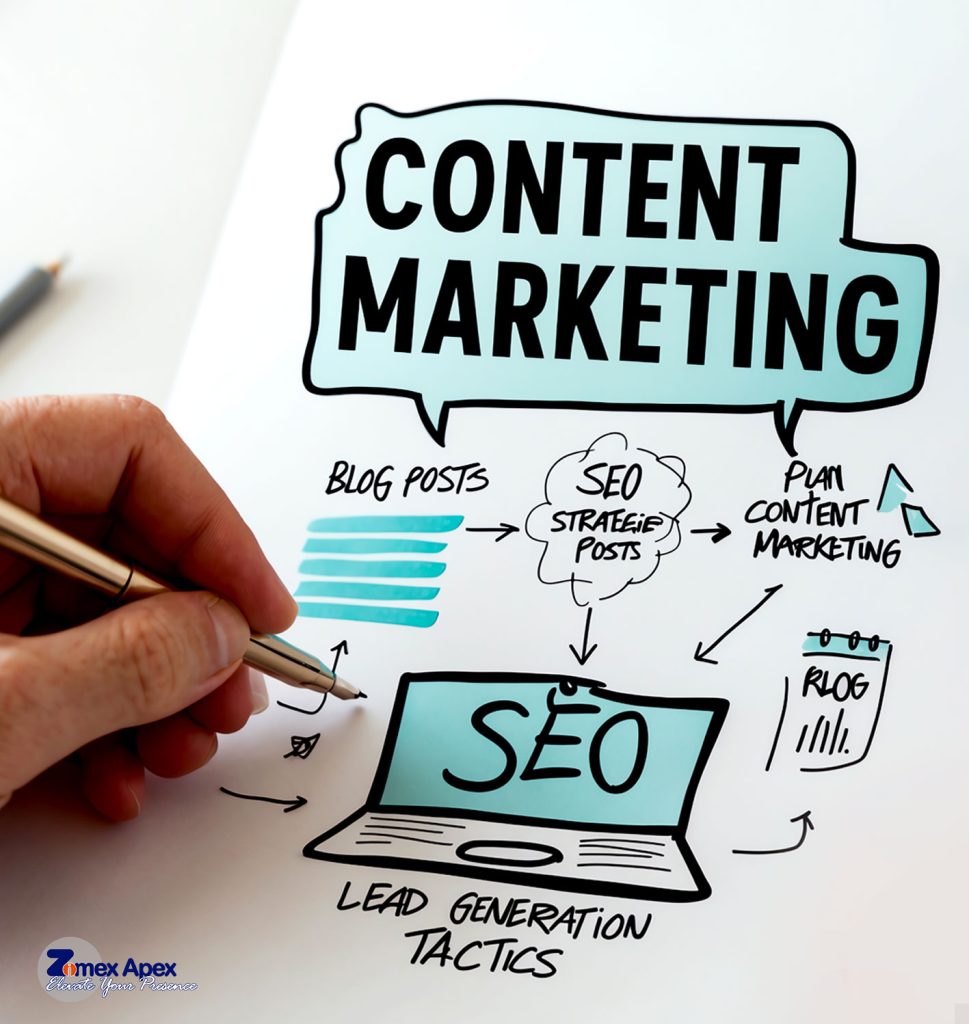In today’s competitive online landscape, combining Search Engine Optimization (SEO) with content marketing is one of the most effective ways to drive traffic, boost your website’s visibility, and grow your business. Both strategies are powerful on their own, but when used together, they create a winning formula for success.
Thank you for reading this post, don't forget to subscribe!Thank you for reading this post, don't forget to subscribe!This article will explore how SEO and content marketing complement each other, providing insights into how you can implement them effectively to get the best possible results for your business. Plus, we’ll show how Zimex Apex can support you in crafting a comprehensive strategy that delivers long-term benefits.
1. Understanding the Relationship Between SEO and Content Marketing
SEO and content marketing might seem like two different concepts, but they are deeply interconnected.
Search Engine Optimization helps ensure that your website and its content are easily discoverable by search engines, while content marketing creates the material that keeps your audience engaged.
SEO: The Backbone of Online Visibility
SEO is all about making your website more attractive to search engines algorithms like Google. By optimizing various elements of your site—such as its structure, keywords, and technical performance—you help search engines understand what your pages are about and why they’re relevant to users’ search queries. This ensures that your content appears when potential customers are looking for the solutions you provide.
Content Marketing: The Heart of Engagement
On the other hand, content marketing involves creating valuable, informative, and engaging content that addresses the needs and interests of your target audience. This content can take many forms, including blog posts, videos, infographics, case studies, and social media posts. The goal of content marketing is to build trust and credibility with your audience, encouraging them to take action—whether that’s making a purchase, subscribing to a newsletter, or contacting you for more information.
When you combine these two strategies, SEO ensures that your content is found, while content marketing ensures that it’s worth finding.

2. Creating a Keyword Strategy That Drives Traffic
One of the cornerstones of combining SEO and content marketing is having a strong keyword strategy. The right keywords help you attract the right audience by matching your content to the search terms they are using. But it’s not just about choosing any keywords—it’s about understanding what your audience is looking for and how to deliver the best answers to their questions.
How to Choose the Right Keywords
Start by identifying the primary topics your target audience is interested in. For example, if your business provides digital marketing services, your audience might be searching for topics like “improving website visibility,” “best SEO practices,” or “how to create engaging blog content.”
Once you’ve identified these topics, you can refine your keyword choices by focusing on specific phrases that users are likely to search for. Think of it as speaking their language: the more accurately your content aligns with what they’re searching for, the more likely it is that your website will appear in their search results.
3. The Role of High-Quality Content in SEO
Search engines like Google prioritize high-quality content when ranking websites. This means that producing useful, informative, and well-structured content is one of the best ways to improve your SEO and attract more visitors to your site.
What Makes Content “High-Quality”?
Here are some elements that search engines—and readers—look for in high-quality content:
- Relevance: Your content should directly address the questions and concerns of your audience.
- Depth: Aim to cover your topic thoroughly, providing insights and actionable advice.
- Clarity: Write in a clear, easy-to-understand manner. Avoid jargon or overly complex language that might confuse your readers.
- Originality: Avoid duplicate content. Search engines penalize sites that publish copied material, and readers are always looking for fresh perspectives.
- Engagement: Include interactive elements such as videos, infographics, or quizzes to keep your audience engaged.
By focusing on these aspects, your content not only appeals to search engines but also builds trust and authority with your audience, which is key to driving conversions.
4. Optimizing Your Content for SEO
Even the best content needs to be optimized for search engines to ensure it gets found by the right people. Here’s how you can optimize your content to enhance its SEO performance:
Use Clear and Descriptive Headings
Your headings and subheadings (H1, H2, H3) should clearly describe what each section of your content is about. Not only does this make your content easier for readers to navigate, but it also helps search engines understand the structure of your page.
Include Keywords Naturally
Place your target keywords in important parts of your content, such as:
- The title
- The first paragraph
- Headings and subheadings
- The meta description
- Image alt text
Remember to avoid “keyword stuffing”—using your keywords too frequently in an unnatural way. Instead, focus on integrating them naturally into your writing to ensure your content remains reader-friendly.
Internal and External Linking
Adding internal links to other relevant pages on your website helps users explore more of your content, while external links to authoritative sources add credibility to your work. Both practices also assist search engines in determining the relevance and quality of your content.
5. Using Content to Build Authority and Drive Backlinks
Another crucial aspect of combining SEO and content marketing is using your content to build authority within your industry. When other websites link to your content (known as backlinks), it signals to search engines that your content is trustworthy and valuable, which can improve your rankings.
How to Attract Backlinks
Here are some effective ways to create content that naturally attracts backlinks:
- Original Research and Data: Conduct studies, surveys, or polls and share the results. This type of original content is often referenced by other websites.
- Comprehensive Guides and Tutorials: Detailed, step-by-step guides on specific topics can serve as valuable resources that other websites will want to link to.
- Infographics and Visual Content: Well-designed visuals that present data in an easy-to-digest format are often shared across the web, driving traffic and backlinks to your site.

6. Leveraging Social Media to Amplify Your Content’s Reach
While SEO is essential for long-term success, promoting your content through social media can provide an immediate boost in traffic. Social platforms like Facebook, Twitter, LinkedIn, and Instagram give you the opportunity to share your content with a wider audience and drive engagement.
Why Social Media Matters for SEO
Although social media signals aren’t a direct ranking factor for SEO, the increased visibility, shares, and engagement your content receives on social media can lead to more backlinks and traffic, which indirectly improve your SEO performance.
Be sure to share each piece of content multiple times across different platforms, tailoring your message to the audience of each one. Encourage your followers to share, comment, and engage with your posts to expand their reach.
7. Measuring the Success of Your SEO and Content Marketing Strategy
To ensure your strategy is working, you need to regularly measure and analyze its performance. The following metrics can help you gauge the effectiveness of your efforts:
Organic Traffic
This refers to the number of visitors who find your website through a search engine rather than through paid ads or direct visits. An increase in organic traffic is one of the best indicators that your SEO and content marketing efforts are paying off.
Keyword Rankings
Tracking the rankings of the keywords you’re targeting will show you how well your content is performing in search results. If you notice that certain pages aren’t ranking as expected, consider revisiting and optimizing them further.
Engagement Metrics
Metrics such as bounce rate, time on page, and pages per session help you understand how users are interacting with your content. A high bounce rate may indicate that your content isn’t meeting user expectations, while a low time on page could suggest that the content isn’t engaging enough.
Conversion Rate
Ultimately, the success of your SEO and content marketing strategy depends on whether it drives conversions. Whether your goal is to increase product sales, newsletter sign-ups, or contact form submissions, tracking conversion rates will help you determine if your strategy is achieving its objectives.
8. How Zimex Apex Can Help You Achieve the Best Results
At Zimex Apex, we specialize in creating custom SEO and content marketing strategies that are tailored to your business’s unique goals and needs. Our team of experienced professionals understands the importance of combining these two powerful approaches to deliver sustainable, long-term growth.
Whether you need help with keyword research, content creation, or building a robust backlink strategy, we’ve got you covered. We take a comprehensive approach that focuses on driving traffic, improving engagement, and converting visitors into loyal customers.
Ready to take your digital marketing strategy to the next level? Contact Zimex Apex today and let’s work together to build a strategy that brings results!




